Religious symbols and motifs have been an integral part of art, architecture, and culture throughout the ages. From the earliest cave paintings to the grand cathedrals of Europe, religious symbols have been used to express faith and convey meaning. This article will explore the various religious symbols and motifs used throughout history, from the ancient Egyptians to modern day Christian churches. We will look at how these symbols and motifs are used to communicate beliefs and ideas, as well as how they can be used to express cultural identity. We will also examine how different faiths use religious symbols and motifs in their artwork and architecture, and how these symbols and motifs are often used to express shared values. So, if you’re interested in learning more about the history and meaning behind religious symbols and motifs, this article is for you!Religious symbols and motifs are representations of faith, spiritual beliefs and ideas that are used to communicate a message or evoke a feeling.
These symbols and motifs are found in cultures all over the world, from Christianity to Hinduism to Buddhism. They can be found on monuments, buildings, clothing, jewelry and art, and they often carry a deep meaning and significance. One of the most iconic religious symbols is the Star of David, which is a symbol of Judaism. It is believed to represent the connection between God and man, as well as the relationship between heaven and earth.
Another important religious symbol is the Cross, which is associated with Christianity and has come to represent the death and resurrection of Jesus. The Crescent Moon is a symbol of Islam, representing the unity between God and humanity. These symbols can also be used to represent different aspects of faith. For example, the Star of David is often associated with the concept of peace and harmony, while the Cross is associated with redemption and salvation.
Religious symbols and motifs are not only used to express faith, but they can also be used as decorative elements in traditional designs. From jewelry to architecture to clothing, these symbols have been used in art for centuries. They can add a spiritual element to any design, whether it’s a necklace or a building facade. These symbols can also be interpreted differently by different cultures.
For example, while the Star of David may represent peace in one culture, it could represent strength in another. Similarly, the Cross may be seen as a symbol of hope in one culture but as a symbol of suffering in another. The importance of religious symbols and motifs to religious believers is undeniable. They can bring comfort and hope during difficult times, or they can serve as reminders of one’s faith.
They can also be used to show solidarity with other believers or to express one’s beliefs without words. In conclusion, religious symbols and motifs are powerful symbols that have been used for centuries to express faith and communicate meaning. They can be used in traditional designs to add spiritual significance or to evoke certain emotions. Different cultures may interpret them differently, but they remain an important part of many religious traditions.
Meanings Behind Religious Symbols and Motifs
Religious symbols and motifs are a powerful way of expressing faith and conveying spiritual messages. They are found in a variety of settings, from religious structures to everyday objects, and often have deep cultural and historical significance.The most commonly used symbols and motifs usually represent concepts that are shared by many different religions, such as the cross, the crescent moon, the star, and the tree of life. Each symbol is often associated with a specific religion or culture, providing an insight into its beliefs and values. The meaning behind religious symbols and motifs can also vary over time. For example, the cross has traditionally been associated with Christianity, but in recent years it has come to represent a wide range of spiritual ideologies.
Similarly, the crescent moon has come to be associated with Islam, while the star is now most closely associated with Judaism. These symbols can also be used to convey different messages depending on the context. For example, the cross may represent sacrifice and redemption in one context, while in another it may symbolize hope and strength. Similarly, a tree of life may be used to represent fertility and new beginnings in some cultures, while in others it may be interpreted as a symbol of death and rebirth.
It is important to remember that these symbols and motifs are not universal in meaning, but instead they carry different messages depending on the context in which they are used. As such, it is important to understand the meaning behind each symbol or motif before using it in a design or artwork.
Uses of Religious Symbols and Motifs in Traditional Designs
Religious symbols and motifs have been used in traditional designs since ancient times. From churches to ancient artifacts, these symbols and motifs have been used to convey religious beliefs and messages. In art, religious symbols and motifs can be found in paintings, sculptures, jewelry, ornaments, clothing, and much more.In architecture, religious symbols and motifs are often used as decorations on buildings or to represent different aspects of faith. One example of how religious symbols and motifs are used in traditional designs is through art. From the Renaissance to modern day, religious art has been used to portray spiritual messages. Artists often use religious symbols and motifs to represent faith, hope, and other spiritual themes.
These symbols can take the form of crosses, angels, saints, animals, plants, and much more. In architecture, religious symbols and motifs are often used to decorate churches, mosques, temples, and other religious structures. These symbols are often used to represent the beliefs of a particular religion or spiritual movement. For example, Christian churches often feature crosses or angels as decorations while Islamic mosques may feature geometric patterns or crescents as decorations.
Religious symbols and motifs can also be found in jewelry, clothing, and other items. Symbols such as the Star of David or crucifix are often featured on jewelry pieces. Clothing items may feature religious symbols as well such as crosses or the word “Allah” written in Arabic script. The meaning behind religious symbols and motifs can vary depending on the culture and religion they are being used in.
For instance, the cross is a symbol of Christianity but it can also be interpreted differently by other religions such as Buddhism or Hinduism. Similarly, the Star of David is a symbol of Judaism but it can also be interpreted differently by other religions. Religious symbols and motifs can be used in traditional designs in a variety of ways. They can be used to decorate religious structures or to symbolize faith. They can also be used in art, jewelry, clothing, and other items to represent different aspects of faith.
The meaning behind these symbols can vary depending on the culture they are being used in. Understanding the meanings behind religious symbols and motifs is important for people of all faiths. These symbols can be used in traditional designs to create a meaningful connection to one's faith, as they often represent important core values and beliefs. This article explored some of the most common religious symbols and motifs, and how they can be used in traditional designs. No matter what faith you practice, it is important to understand the meaning behind religious symbols and motifs. They are often used as reminders of faith, and can bring a sense of connection and understanding to traditional designs.
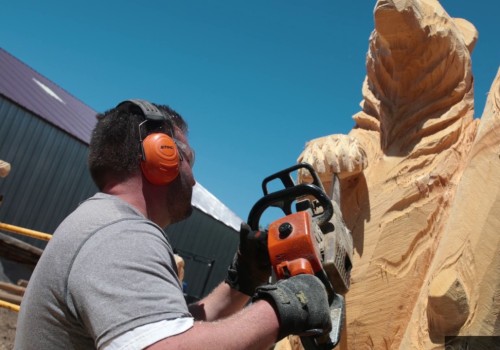
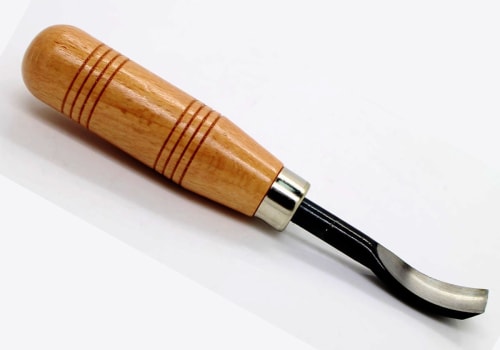
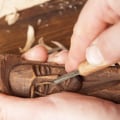
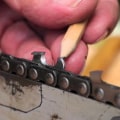


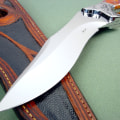

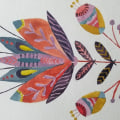
Leave a Comment